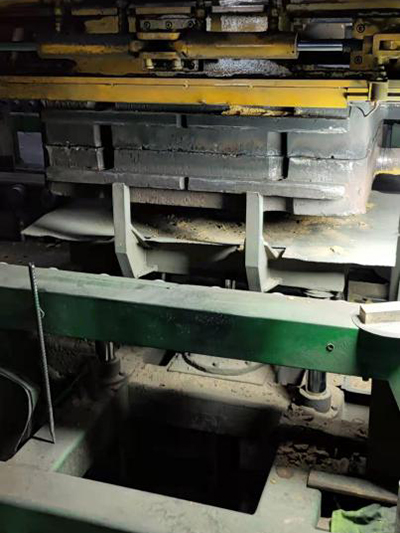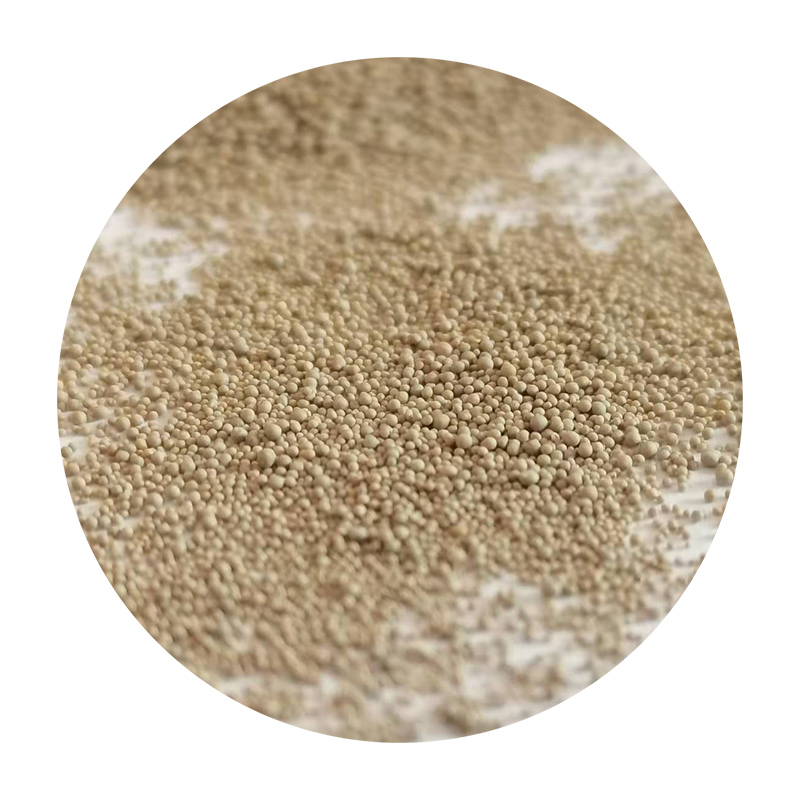- Overview of Sand Casting Manufacturing Fundamentals
- Technical Advantages in Modern Production
- Market Leaders: Foundry Capability Comparison
- Customization Strategies for Industry-Specific Needs
- Cost Efficiency & Production Scalability Data
- Material Innovation in Mold Fabrication
- Sustainable Applications of Sand Casting Process

(application of sand casting process)
Application of Sand Casting Process in Industrial Manufacturing
The sand casting process accounts for 60% of all metal casting production globally, with annual market growth of 4.2% (2021-2030). This manufacturing method enables complex geometries weighing from 100g to 300 tons, serving industries requiring high-volume components with dimensional stability across temperature fluctuations.
Technical Superiority Over Alternative Methods
Compared to die casting (12-18% material waste), sand casting maintains 94-97% material utilization through reusable molds. The table below demonstrates operational advantages:
| Parameter | Sand Casting | Investment Casting | Die Casting |
|---|---|---|---|
| Tooling Cost | $2,500-$15k | $18k-$75k | $50k-$200k |
| Lead Time | 3-7 Days | 2-4 Weeks | 6-10 Weeks |
| Surface Finish (Ra) | 400-500 µin | 125-250 µin | 100-150 µin |
Manufacturer Capability Analysis
Top-tier foundries like MetalTek achieve ±1.5mm dimensional accuracy versus industry-standard ±2.5mm. Specialized providers offer rapid pattern-making services reducing prototyping cycles from 14 days to 72 hours through 3D-printed sand molds.
Custom Engineering Solutions
Automotive suppliers implement hybrid systems combining traditional sand casting with additive manufacturing, achieving 22% weight reduction in engine blocks. Case study: A Tier-1 supplier reduced machining costs by $18/unit through optimized gate designs in cylinder head production.
Economic Impact Metrics
High-volume production runs (10,000+ units) show 40-55% cost advantage over low-volume batches. Energy consumption metrics reveal:
- 23 kWh/ton for sand preparation
- 18 kWh/ton for molten metal handling
- 7 kWh/ton for finishing operations
Advanced Mold Material Development
New zircon-based facing sands improve surface finish to 300 µin while maintaining permeability above 120. Binder innovations reduce volatile organic compound emissions by 62% compared to conventional phenolic urethane systems.
Application of Sand Casting Process in Sustainable Manufacturing
The sand casting manufacturing process enables 89% recycled content utilization in aluminum components for wind turbine hubs. Recent advancements allow 15-cycle mold reusability, decreasing silica consumption by 35% in heavy machinery component production.

(application of sand casting process)
FAQS on application of sand casting process
Q: What industries commonly use the sand casting process?
A: The sand casting process is widely used in automotive, aerospace, and heavy machinery industries for producing engine blocks, turbine housings, and structural components due to its cost-effectiveness for large parts.
Q: How does sand casting differ from other manufacturing processes?
A: Sand casting uses expendable sand molds, making it ideal for low-to-medium volume production and complex geometries, unlike die casting or investment casting, which require pricier reusable molds.
Q: What materials can be processed with sand casting?
A: Sand casting supports ferrous metals (iron, steel) and non-ferrous metals (aluminum, bronze, brass), prioritizing materials that withstand high pouring temperatures without mold damage.
Q: What are the main advantages of sand casting manufacturing?
A: Key advantages include low tooling costs, scalability for large parts, and flexibility in design changes, though surface finish and precision may lag behind other methods.
Q: What are typical applications of sand casting in modern production?
A: Common applications include pump housings, valve bodies, gears, and agricultural equipment parts where dimensional tolerances allow slight variations and post-machining is feasible.
Next:High-Precision 3D Printing Sand Casting Solutions Fast & Cost-Effective
